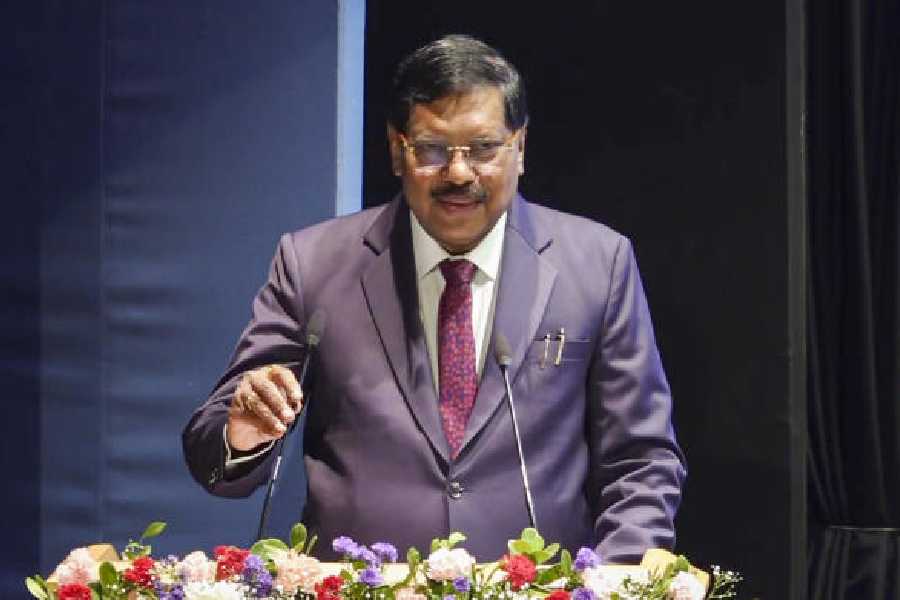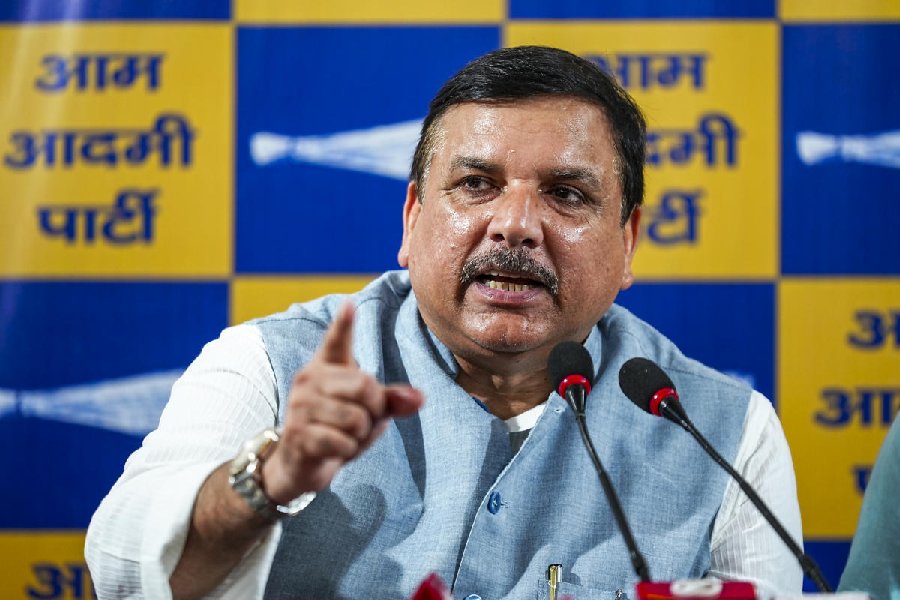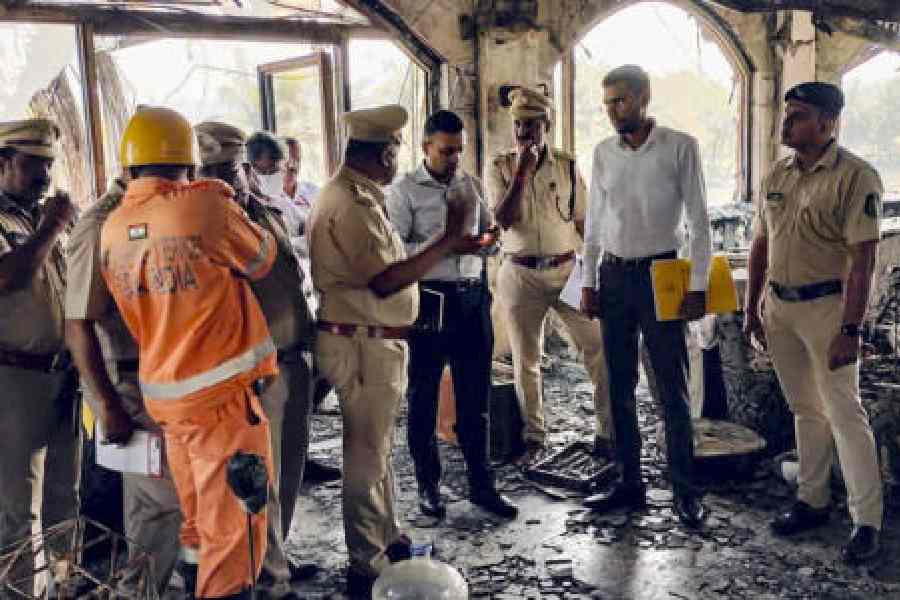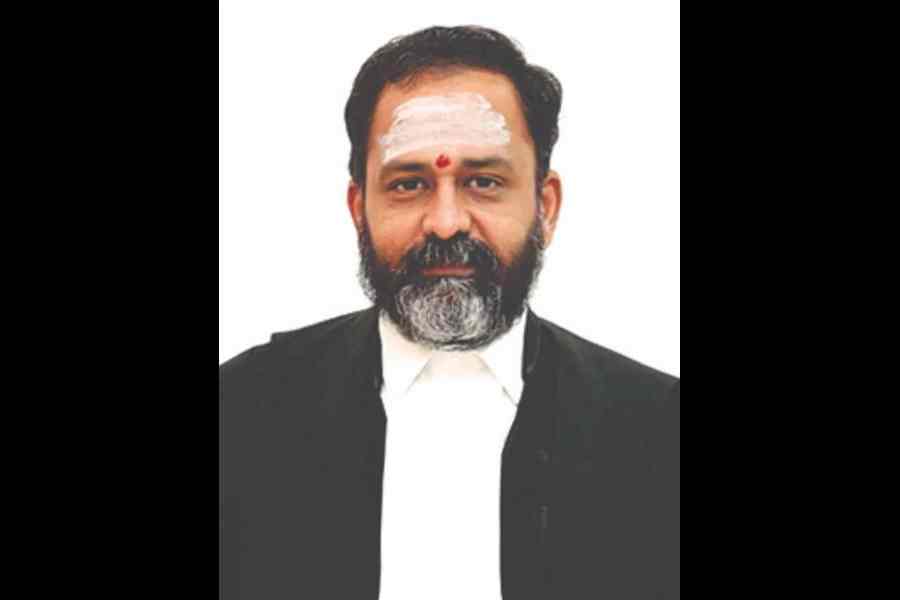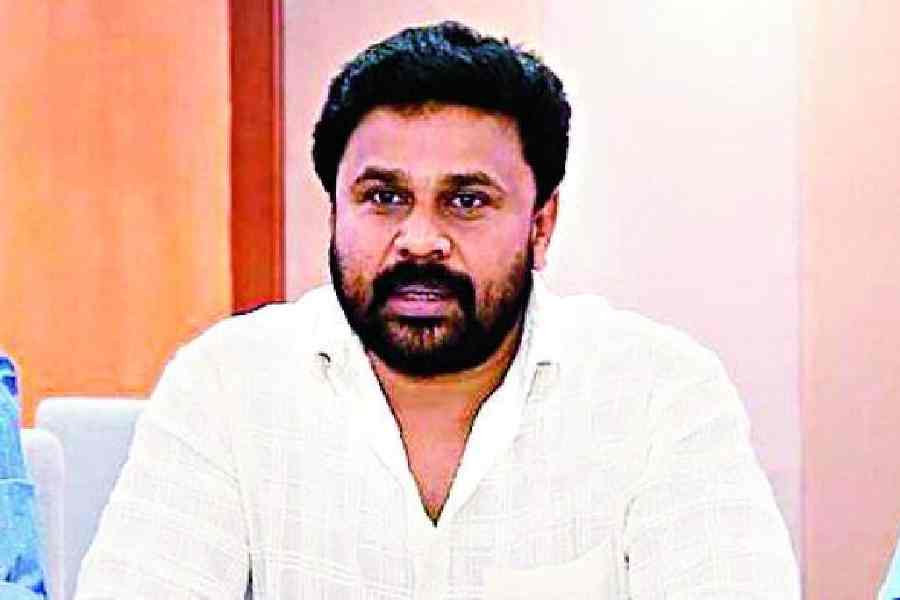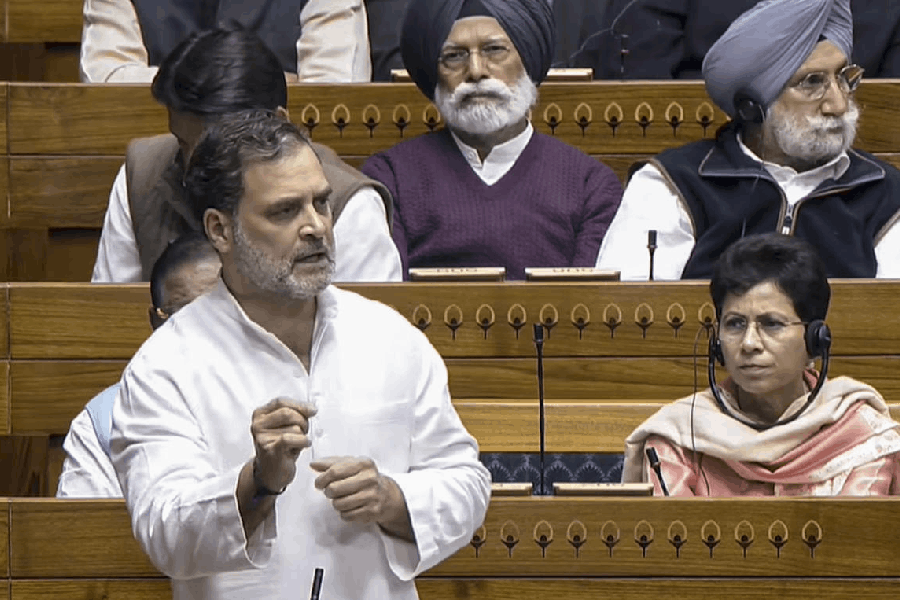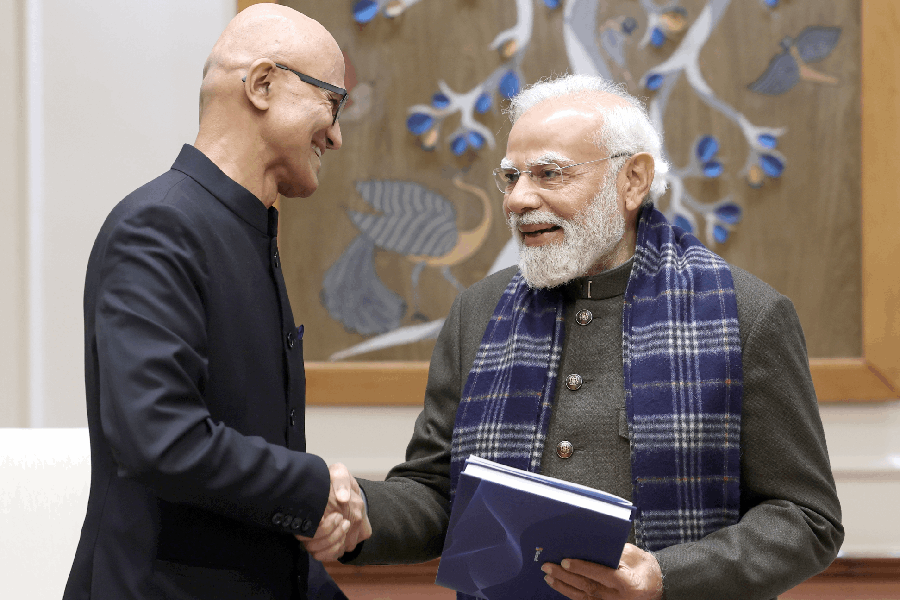The Supreme Court’s recent observation that the shoe-hurling incident against the chief justice of India, B.R. Gavai, should “die a natural death” is deeply concerning. It raises important questions about institutional accountability and public civility. The Bench cautioned against “raking it up”, suggesting that further attention would only serve “publicity-hungry” motives. However, this judicial restraint has left many uneasy. The issue here is not just about a shoe being flung — it’s about what that act and the response to it reveal about the moral and the institutional fault lines in our democracy.
The courtroom incident involving the lawyer, Rakesh Kishore, was not just an act of contempt. The act shocked the nation’s conscience, exposing a growing culture of entitlement and incivility that corrodes public life. What makes this particular transgression even more disturbing is not only the act itself but also the reactions that followed from sections of the public and, more troublingly, from within the judiciary.
The lawyer who committed this shameful act has shown neither remorse nor restraint. Given his ideological leanings, that is perhaps unsurprising. After all, it’s the same mindset that once rationalised violence against the Father of the Nation. The initial outrage was, of course, swift; the prime minister spoke to the chief justice of India; civil society condemned the incident; and the media debated it. However, social media soon turned it into a spectacle. Some even celebrated the lawyer as a ‘hero’ who had stood up for his beliefs. In a disturbing echo, a similar act occurred in an Ahmedabad courtroom soon after. When civility collapses, imitation naturally follows.
What is disturbing is the apex court’s decision to let the matter “die a natural death” despite the attorney-general’s consent for contempt proceedings against the accused. The court’s reasoning that action might “fuel social media debates” seems dangerously misplaced. Should the highest court of the land decide whether to uphold the law based on fears of social media chatter? Is judicial restraint being mistaken for indifference? Why should a direct attack on the constitutional head of the judiciary be treated so casually? Will justice now depend on how things might trend online? Surely, the dignity of the court cannot be hostage to optics. The attorney-general’s consent was not merely a formality; it was a recognition that the judiciary’s authority must be upheld, clearly and publicly. Sidestepping that duty, however well-intentioned, risks eroding its moral credibility.
Let’s remember that the attack was not on Justice Gavai as an individual but on the office he holds — the chief justice of India, the living symbol of judicial sovereignty. A courtroom is not a political arena; it is a sanctum of justice. When a lawyer desecrates that sanctum, it becomes an assault on the very edifice of constitutional order. The institution may not be “affected”, as the Bench observed, but silence is not strength. Restraint is certainly admirable, but seeming indifference is dangerous.
Justice Gavai himself has chosen magnanimity, preferring to rise above the insult. That shows personal grace and moral discipline. However, his individual virtue cannot substitute for institutional accountability. Forgiveness is a private virtue; justice is a public duty. When the former replaces the latter, the foundation of institutional integrity weakens. The question is not whether the chief justice of India feels personally wronged but whether the dignity of the law itself has been wronged.
There’s also a deeper — more uncomfortable — dimension to this episode. This concerns the intersection of caste, power, and prejudice. It cannot be ignored that Justice Gavai is a Dalit and that his rise to the top of the judiciary was widely seen as a milestone in India’s democratic journey. For many, it symbolised genuine social progress. However, the contemptuous act against him and the derogatory remarks that accompanied it cannot be divorced entirely from caste-conditioned perceptions. Whether consciously or not, they reflect a persistent discomfort among those who struggle to accept authority in the hands of those who have long been excluded from it. This is not to say that the act was explicitly casteist in intent. It may have been ideological or political. But the very fact that it could be rationalised shows how deeply caste-inflected our public life remains. As B.R. Ambedkar warned, “In politics we will have equality, and in social and economic life we will have inequality. How long shall we continue to live this life of contradictions?” This incident has laid bare that contradiction between constitutional ideals and social instincts.
In Indian culture, throwing a shoe at a person is a powerful symbol of humiliation. Directed at a Dalit chief justice of India, the act becomes doubly charged — as both a personal insult and a collective affront. The judiciary’s restraint, however noble, risks being read as hesitation as though constitutional civility is a weakness. In an age where aggression is mistaken for courage, moral courage must mean standing up for dignity and order. Ambedkar reminded us that democracy will endure only when constitutional morality is internalised — when respect for equality, reason, and human dignity becomes instinctive. What this episode shows is how fragile that morality still is.
Lawyers are supposed to be custodians of reason, not perpetrators of symbolic violence. Their failure to uphold that standard should trouble us all. Such a serious affront cannot simply “die a natural death”. Silence would send the wrong
message that such outrage can go unpunished if it’s loud enough. Justice Gavai’s composure must not become the judiciary’s excuse for complacency. What’s at stake here is not one man’s dignity but the dignity of the Republic itself.
P. John J. Kennedy is a former professor and dean, Christ (Deemed to be University), Bengaluru

